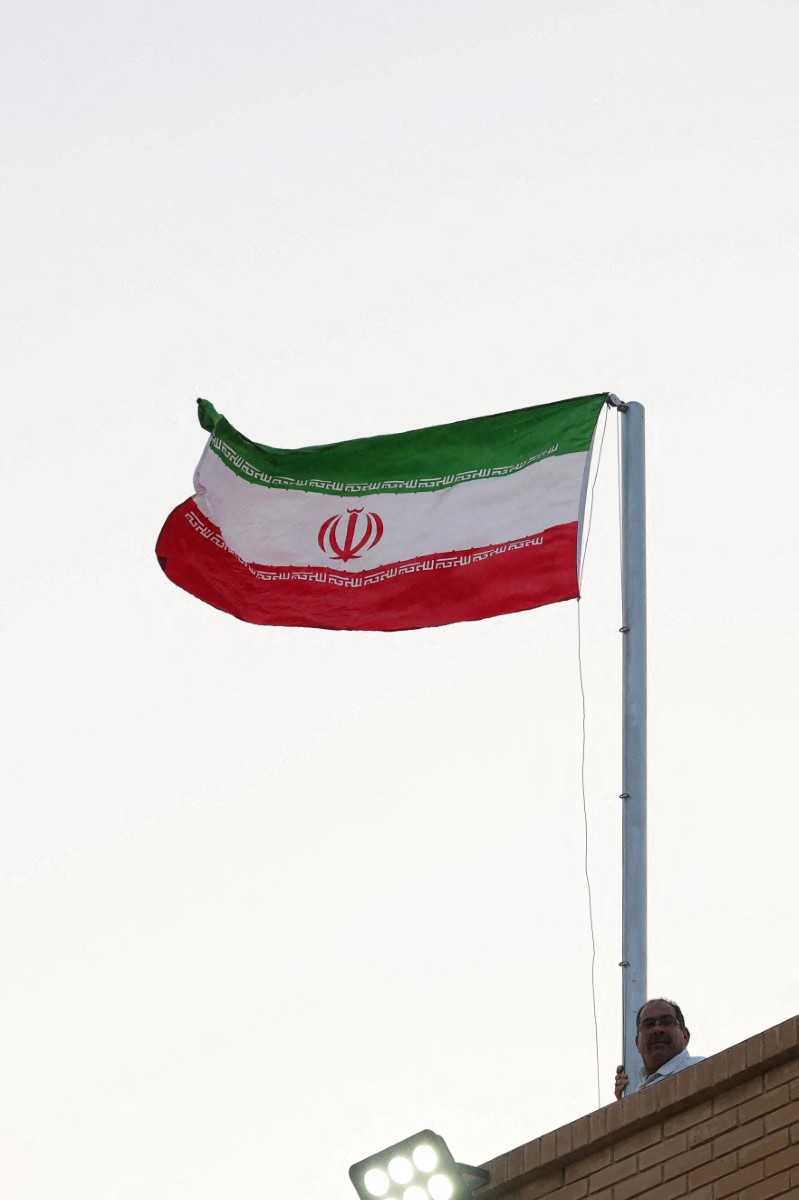
403
Sorry!!
Error! We're sorry, but the page you were
looking for doesn't exist.
Iranian helicopter fleet comes under scrutiny after deadly crash
(MENAFN) Iran's helicopter fleet, comprising aging models procured before the 1979 Islamic Revolution, has come under scrutiny following a recent crash that tragically claimed the lives of President Ebrahim Raisi, Foreign Minister Hossein Amir-Abdollahian, and seven others. A correspondent from a Turkish news agency compiled details regarding the condition and maintenance challenges facing Iran's military helicopters.
The decades-old fleet, which includes various models acquired before the revolution, is reportedly grappling with significant maintenance and parts supply issues exacerbated by prolonged international sanctions. These challenges have severely hampered the operational readiness of the fleet, making it difficult to ascertain the exact number of functional airframes.
A notable portion of Iran's helicopter inventory comprises American-made models, such as Sikorsky SH-3 Sea Kings, RH-53D Sea Stallions, Boeing CH-47 Chinooks, and various Bell models. These helicopters were procured prior to the 1979 revolution, reflecting Iran's historical ties with Western defense suppliers.
Among these helicopters are eight Sikorsky SH-3 Sea Kings, originally designed for anti-submarine warfare but later repurposed for VIP transport. Despite their age, these helicopters continue to serve in roles requiring specialized transport capabilities.
Interestingly, Iran's Supreme Leader Ayatollah Ali Khamenei rarely utilizes helicopters for transportation, favoring airplanes even for short domestic trips, despite the presence of a fleet capable of VIP transport. This preference underscores the unique operational dynamics within Iran's aviation infrastructure.
Furthermore, Iran's military also operates several RH-53D Sea Stallions, primarily employed for naval mine-laying operations. These helicopters, which first entered service in the 1960s, were retired from active duty in 2020, highlighting the prolonged service life of certain aircraft within Iran's aging fleet.
Overall, the recent helicopter crash has shed light on the challenges facing Iran's military aviation sector, including issues related to fleet maintenance, parts supply, and the operational viability of aging aircraft models procured before significant geopolitical shifts.
The decades-old fleet, which includes various models acquired before the revolution, is reportedly grappling with significant maintenance and parts supply issues exacerbated by prolonged international sanctions. These challenges have severely hampered the operational readiness of the fleet, making it difficult to ascertain the exact number of functional airframes.
A notable portion of Iran's helicopter inventory comprises American-made models, such as Sikorsky SH-3 Sea Kings, RH-53D Sea Stallions, Boeing CH-47 Chinooks, and various Bell models. These helicopters were procured prior to the 1979 revolution, reflecting Iran's historical ties with Western defense suppliers.
Among these helicopters are eight Sikorsky SH-3 Sea Kings, originally designed for anti-submarine warfare but later repurposed for VIP transport. Despite their age, these helicopters continue to serve in roles requiring specialized transport capabilities.
Interestingly, Iran's Supreme Leader Ayatollah Ali Khamenei rarely utilizes helicopters for transportation, favoring airplanes even for short domestic trips, despite the presence of a fleet capable of VIP transport. This preference underscores the unique operational dynamics within Iran's aviation infrastructure.
Furthermore, Iran's military also operates several RH-53D Sea Stallions, primarily employed for naval mine-laying operations. These helicopters, which first entered service in the 1960s, were retired from active duty in 2020, highlighting the prolonged service life of certain aircraft within Iran's aging fleet.
Overall, the recent helicopter crash has shed light on the challenges facing Iran's military aviation sector, including issues related to fleet maintenance, parts supply, and the operational viability of aging aircraft models procured before significant geopolitical shifts.

Legal Disclaimer:
MENAFN provides the information “as is” without warranty of any kind. We do not accept any responsibility or liability for the accuracy, content, images, videos, licenses, completeness, legality, or reliability of the information contained in this article. If you have any complaints or copyright issues related to this article, kindly contact the provider above.
Most popular stories
Market Research

- Manuka Honey Market Report 2024, Industry Growth, Size, Share, Top Compan...
- Modular Kitchen Market 2024, Industry Growth, Share, Size, Key Players An...
- Acrylamide Production Cost Analysis Report: A Comprehensive Assessment Of...
- Fish Sauce Market 2024, Industry Trends, Growth, Demand And Analysis Repo...
- Australia Foreign Exchange Market Size, Growth, Industry Demand And Forec...
- Cold Pressed Oil Market Trends 2024, Leading Companies Share, Size And Fo...
- Pasta Sauce Market 2024, Industry Growth, Share, Size, Key Players Analys...





















Comments
No comment